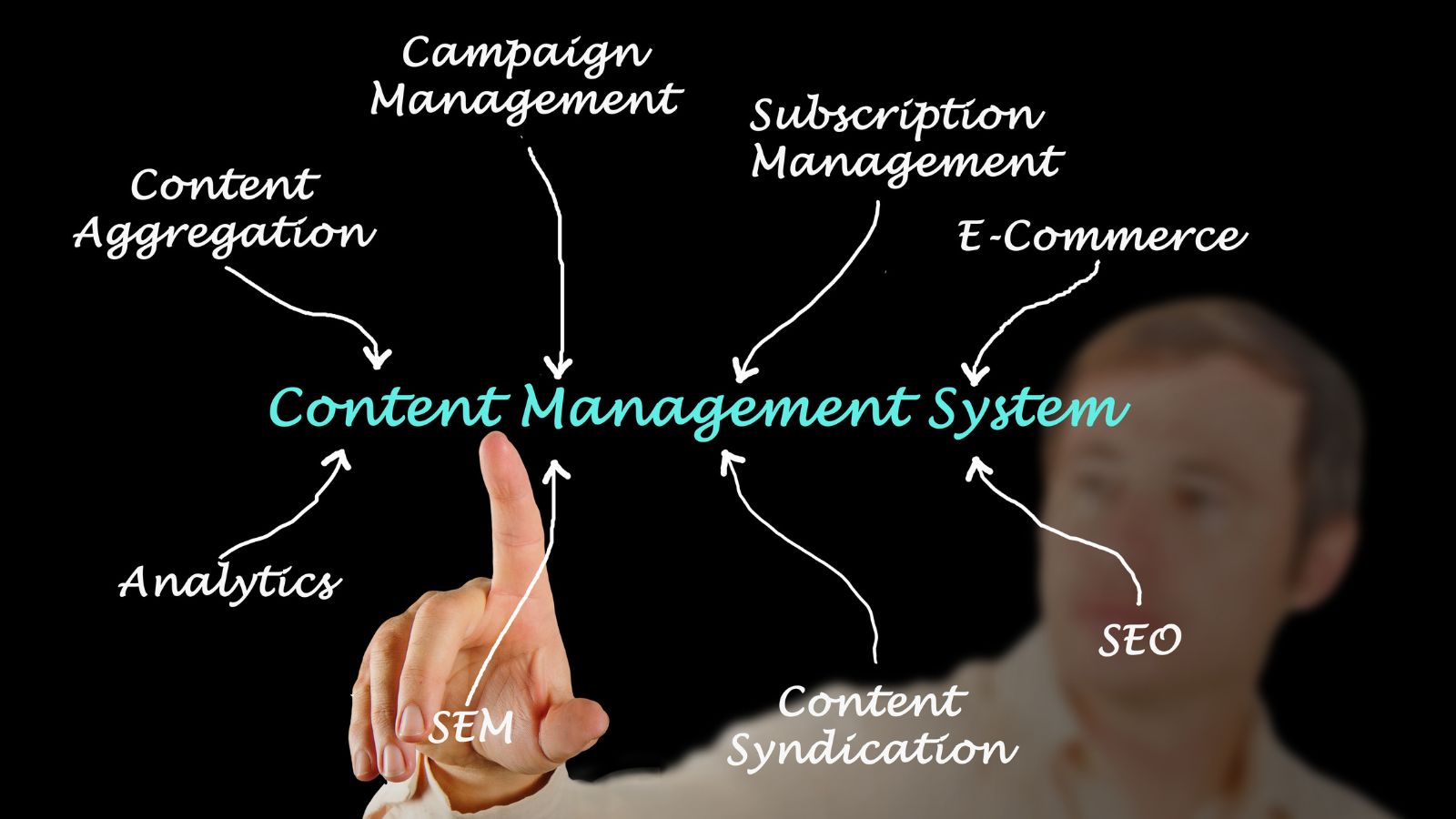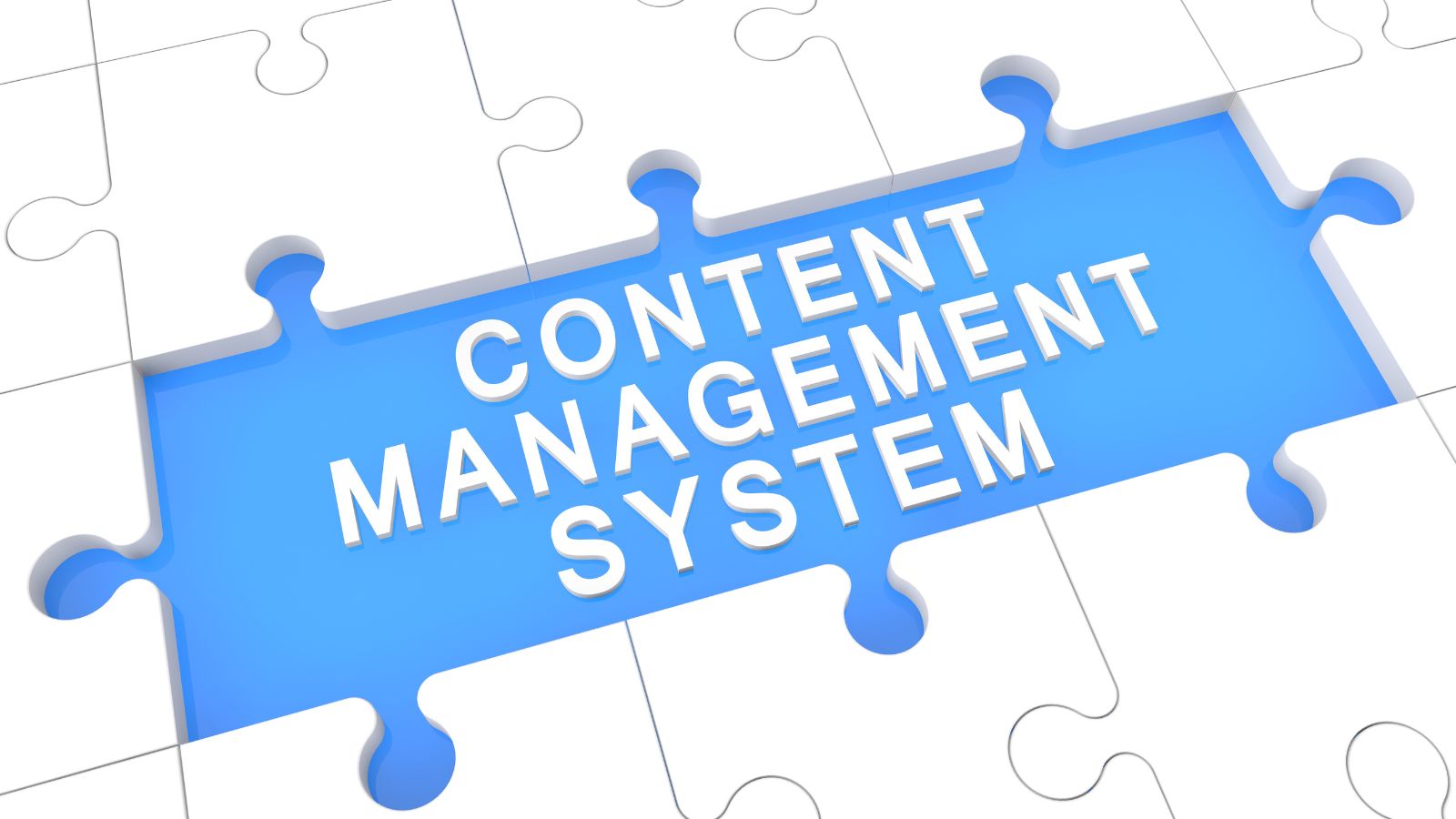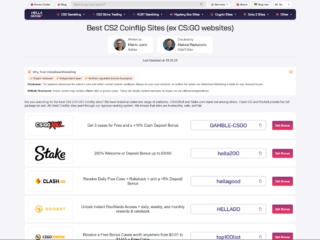
 Where WordPress used to be the surefire choice for a content management system (CMS) and that alone, with an expanding digital landscape, a CMS is so much more. Selecting a CMS that supports a company’s operational needs on the backend for proper content creation and management could be the difference between long-term success and failure. Thankfully, plenty of options are on the market. Depending upon the need for content presentation, companies can choose a suitable CMS from headless CMS to WordPress. However, for those companies who operated with WordPress in the past but now seek growth and scalability in the future, adopting a more analytical approach to choosing a CMS would render Storyblok a headless CMS the preferred choice over WordPress.
Where WordPress used to be the surefire choice for a content management system (CMS) and that alone, with an expanding digital landscape, a CMS is so much more. Selecting a CMS that supports a company’s operational needs on the backend for proper content creation and management could be the difference between long-term success and failure. Thankfully, plenty of options are on the market. Depending upon the need for content presentation, companies can choose a suitable CMS from headless CMS to WordPress. However, for those companies who operated with WordPress in the past but now seek growth and scalability in the future, adopting a more analytical approach to choosing a CMS would render Storyblok a headless CMS the preferred choice over WordPress.
Understanding WordPress and Its Strengths
WordPress is a stand-alone CMS that makes building and managing a site accessible via a fairly simplistic platform. It is content-generated in one place, and the backend and front are housed together. Therefore, it’s best for smaller sites and personal or small business blogs that want simple functionality without the necessity of technical knowledge and more complicated integrations. Furthermore, WordPress has an extensive store of themes and plugins. Customization possibilities exist literally in the thousands, enabling one to alter how their site looks and have it precisely how they want with little to no coding knowledge.

Additionally, there are plugins for SEO, e-commerce, social media, and more, which enable users to further customize their functional abilities on the site. For small businesses, this accessibility and ability to customize is essential. But WordPress can become unwieldy over time and/or as increasingly complicated digital trails are established. As a monolithic application, a fully integrated front and back end, this becomes limiting in distributing content to the many other outlets, mobile apps, IoT, perhaps AR and VR down the line. In addition, while plugins add useful features, they are a problem in terms of performance. For example, sites with too many plugins load incorrectly, which hinders UX and SEO.
Additionally, sites with too many plugins render easy management and maintenance impossible later on, as they may contain outdated features or features that conflict when other plugins are updated. Yet on the enterprise level where more extensive operational requirements exist, WordPress falls short. For example, simply adding millions of visitors to a WordPress site or transforming something into a global entity isn’t an overnight success but rather a backend adjustment that requires extensive developer support.
This is where other options come into play; headless CMS options such as Storyblok provide the freedom and scalability that WordPress cannot. Therefore, for small to medium-sized ventures, WordPress will always reign supreme over the rest of the competition. But for brands looking to enhance their digital footprint down the line, WordPress’ monolithic structure can be excessively limiting as brands grow.
The Case for Headless CMS
Yet a headless CMS does not operate this way. A headless CMS is not coupled architecture, and headless means separated from the front end. In short, a headless CMS separates what the user sees from what the back end renders. While WordPress is rendered into one visual presentation, a headless CMS renders content via APIs this means any front-end technology can be used to render the appearance/design at the discretion of the developer, regardless of what is rendered on the content side. This means that content can be rendered for websites, applications, IoT, and even AR and VR applications.
 But this separation of the data and the front end is also one of the key advantages touted in the Headless CMS vs. WordPress showdown: the freedom. A company with a headless CMS is not tied to any one theme or template. It’s scalable with ease, it can integrate with new technologies, and it provides omnichannel experiences. For instance, a retail company can use a headless CMS to provide the same data for its website, app, and in-store digital kiosks so customers receive the same branded experience, no matter how they seek out information. For instance, Storyblok is one of the leading companies when it comes to providing Headless CMS because it offers an API-generated solution that meshes a visual-first approach with back-end necessity. This means that developers and marketers must work in tandem, heavily, where developers create the render for the needs of a brand-new quasi-website as plugged in via API and where, almost instantaneously, the marketers create renders in real-time via the visual-first interface.
But this separation of the data and the front end is also one of the key advantages touted in the Headless CMS vs. WordPress showdown: the freedom. A company with a headless CMS is not tied to any one theme or template. It’s scalable with ease, it can integrate with new technologies, and it provides omnichannel experiences. For instance, a retail company can use a headless CMS to provide the same data for its website, app, and in-store digital kiosks so customers receive the same branded experience, no matter how they seek out information. For instance, Storyblok is one of the leading companies when it comes to providing Headless CMS because it offers an API-generated solution that meshes a visual-first approach with back-end necessity. This means that developers and marketers must work in tandem, heavily, where developers create the render for the needs of a brand-new quasi-website as plugged in via API and where, almost instantaneously, the marketers create renders in real-time via the visual-first interface.
Therefore, campaigns and subsequent changes to these campaigns happen quickly and without innuendos because renderings on one end or the other happen quickly due to the collaborative effort as opposed to waiting for one side to finish before the other can begin. In addition, the scalability of a headless CMS means that as companies continue to grow and their digital requirements evolve, they’ll be able to keep pace. Whether it’s technological integrations, multi-language capabilities, or accommodating extensive efforts, Storyblok’s headless CMS offers the foundations required to expand without tripping over technological restrictions. Therefore, it’s a requirement for any company looking to function in a digitally competitive landscape.
Performance and Scalability
Performance is yet another operational advantage in the Headless CMS vs WordPress debate. While WordPress sites suffer from performance issues down the road since they rely upon themes or plugins which increasingly weigh down page load speed over time especially, for example, with larger companies with extensive inventory and simultaneously expanding content libraries and audiences.
However, a Headless CMS avoids this performance impact as it utilizes APIs to send only what’s necessary and very lightweight content to the site at hand. For example, suppose an e-commerce WordPress site that experiences significant traffic on Black Friday wants to ensure its product page loads quickly and does not frustrate customers looking to buy. In that case, it should adopt a Headless CMS. In addition, enterprise-level organizations with various content needs worldwide find Storyblok’s ease of scalability and modularized content to be a perfect fit.
Flexibility in Customization
Another key difference between Headless CMS and WordPress is customization. WordPress has many themes and plugins available for customization, but such customization requires a lot of coding later or using third-party solutions, which are often plagued with compatibility issues. A headless CMS, on the other hand, allows developers to build a fully customized front end leveraging modern frameworks like React, Vue, or Next.js, meaning all applications are fully custom. Where developers would have to custom code the interface to render it, for marketers, they edit and see the content rendering in real-time via a simple WYSIWYG editor. It’s easier than ever for teams to abandon the complexities and have a gorgeously rendered digital experience without being limited to the themes of templated versions.
Future-Proofing Content Management
You always have to think about what’s next. That’s where the Headless CMS vs WordPress battle for keeping your website on a timeline comes into play. A headless structure is connected to all technology, meaning it can never become outdated; it will always work with devices and applications created down the line. For example, a company using a headless CMS can create IoT or AR/VR experiences from the ground up without having to overhaul its entire backend first; it can just plug and play. That’s how Storyblok works, too, as an API-first solution.
Why Choose Storyblok as Your Headless CMS
Whereas other headless CMSs lack in one area or another, Storyblok has everything a developer could want and a marketer’s UI dream. The ability to create modular content means creating one piece of content and transforming it with ease for several different uses. Storyblok keeps everything in one place, on time, with collaborative features that make its digital business presence always on-brand and on time. In addition, Storyblok scales from day one whether you manage one site for one company or one billion pieces of information worldwide and it does not restrict development when an expansion is decided down the line. Therefore, it’s the perfect choice for companies still on the fence in the Headless CMS vs WordPress battle.
Final Thoughts
Ultimately, when comparing headless CMS vs WordPress, it’s a matter of your goals, company size, and technical needs. WordPress is a stable choice for small businesses and blogging sites; however, selecting a headless CMS solution like Storyblok offers the dynamic flexibility to customize and scale for enterprise-level needs. In addition, companies migrating to a headless CMS are future-proofing their content management systems and are far more likely to meet the needs of a more contemporary audience. When it comes to headless CMS vs WordPress, the headless version comes out on top for companies ready for innovation.












